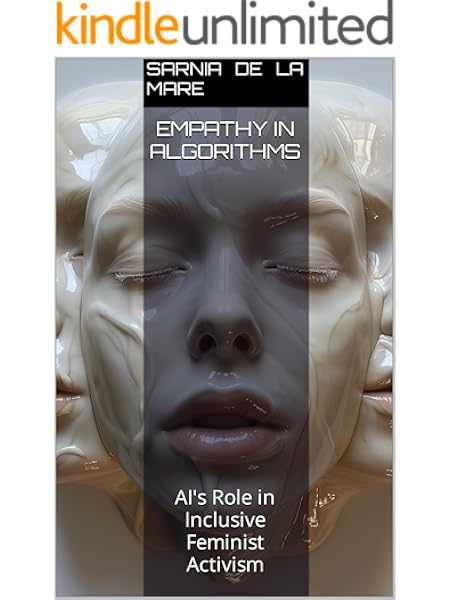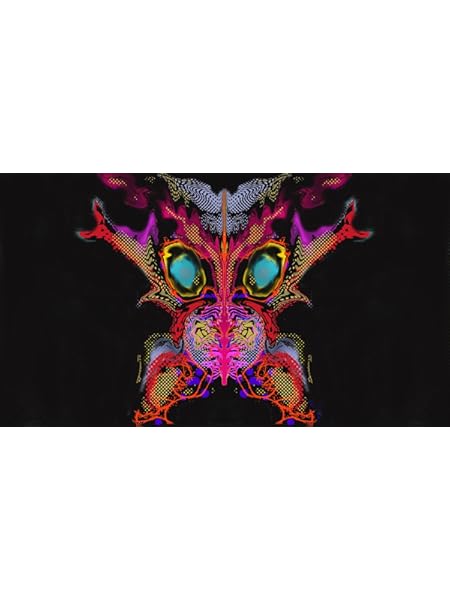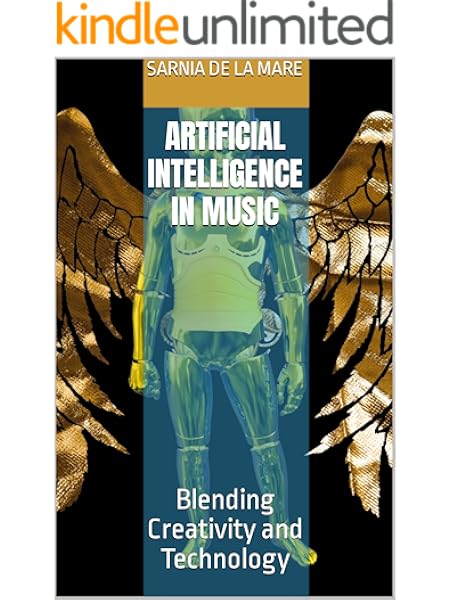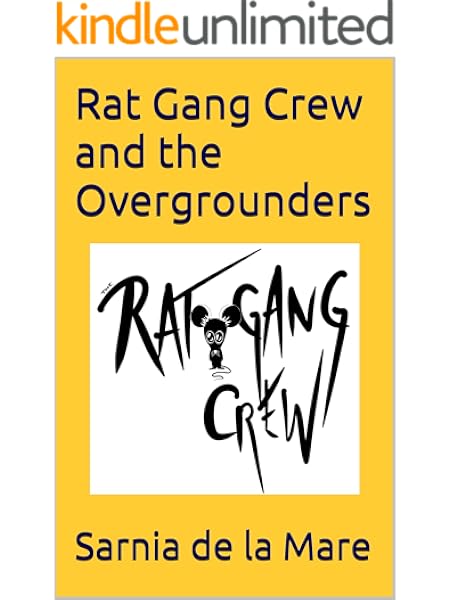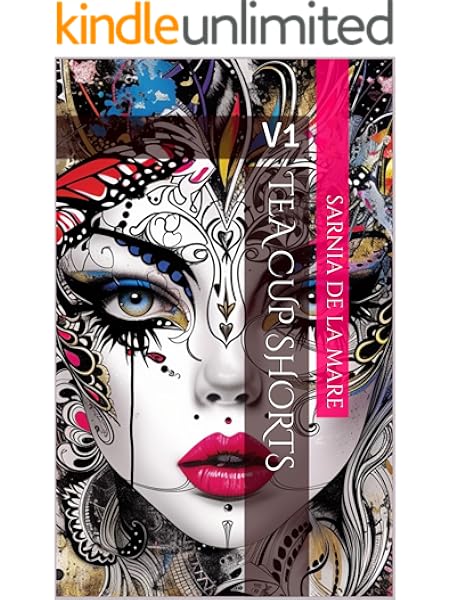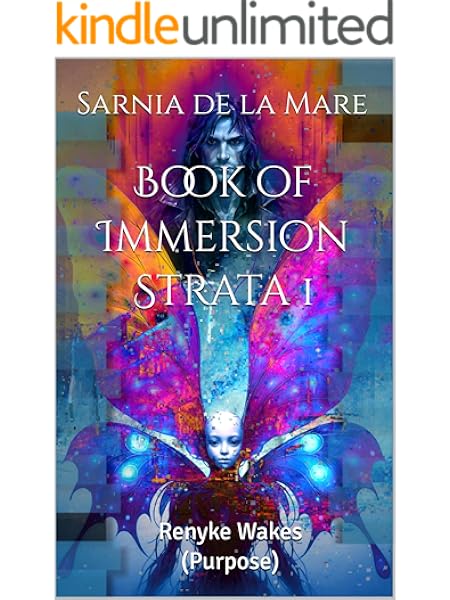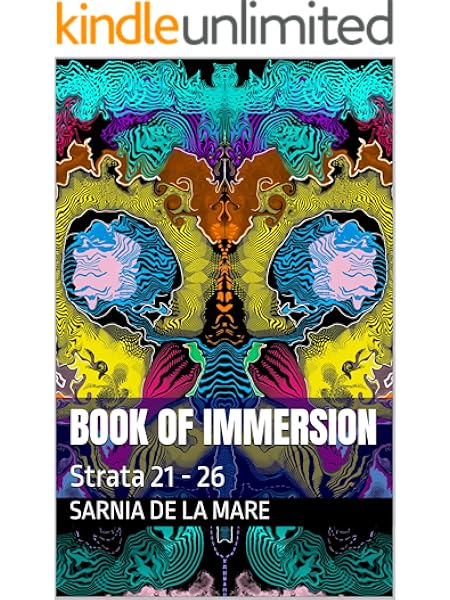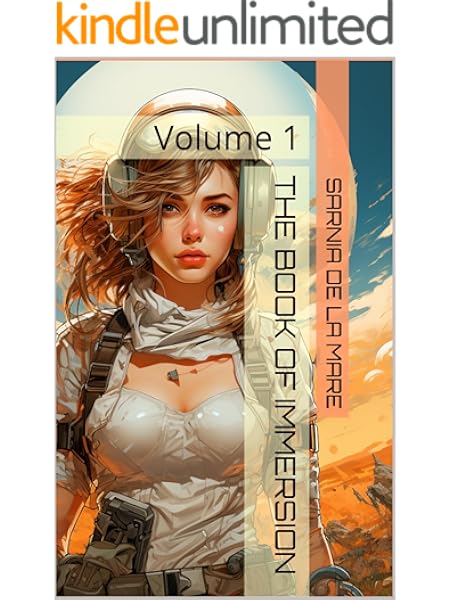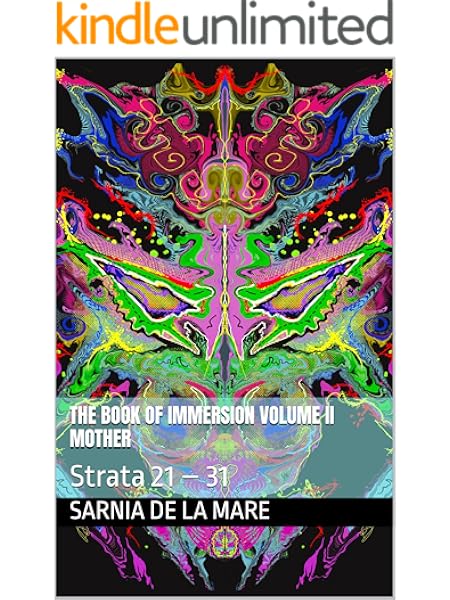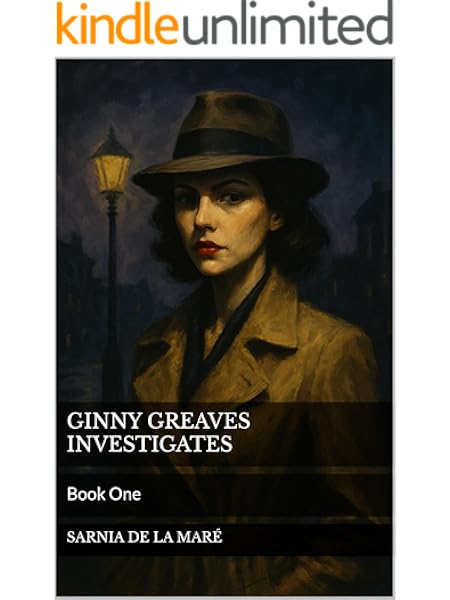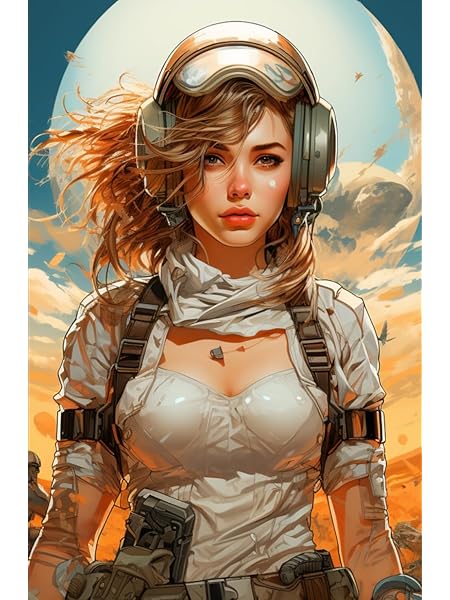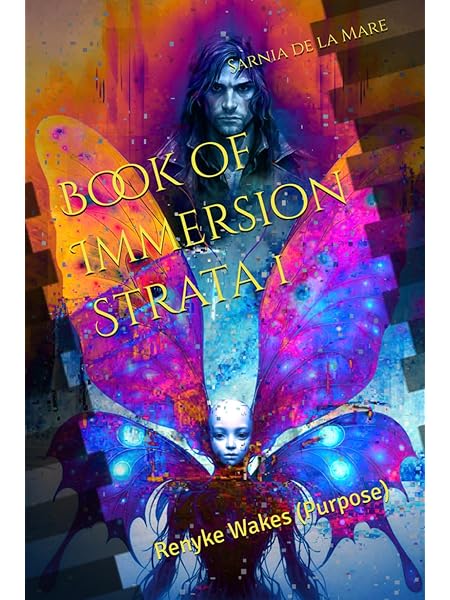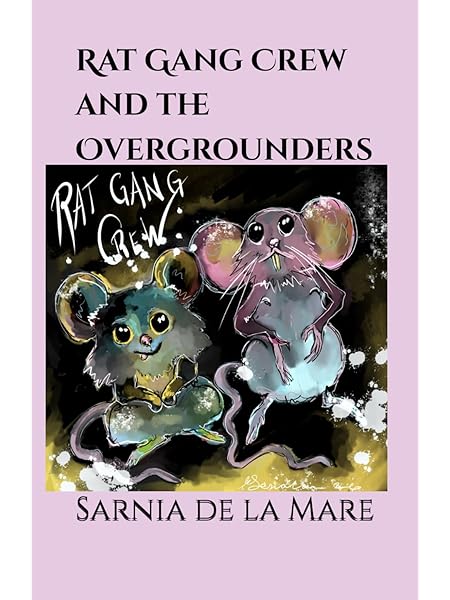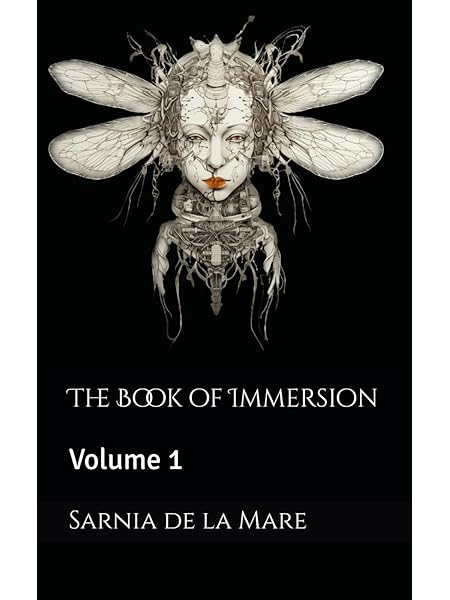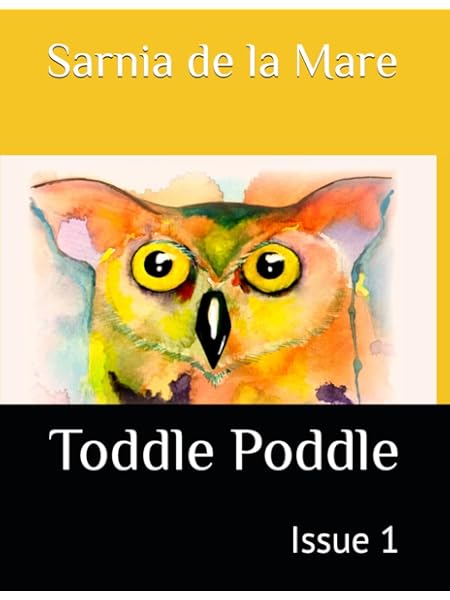The Economics of Art and Automation: Creating Value in a Machine Age
Every industrial revolution has frightened the artists. Each one promised to replace craft with convenience, human touch with machine precision. Yet art always adapts — it moves where the algorithms cannot reach.
We are now living through the next revolution: automation. Artificial intelligence writes, paints, composes, designs, and learns. It can mimic almost anything except meaning. That is where we still reign.
From Scarcity to Significance
The old economy of art was built on scarcity. Limited editions, one-of-a-kind works, the preciousness of the human hand. But digital abundance has changed the currency. Copies are infinite. What matters now is not rarity, but resonance.
People don’t buy art because it’s scarce; they buy it because it speaks to them. The economics of art has shifted from product to presence — from what we make to how we make people feel.
In this new landscape, authenticity is the premium. Transparency, voice, connection — these are the new luxury goods. The artist’s role is no longer gatekeeper of technique but curator of meaning.
Automation as Amplifier
Automation doesn’t devalue creativity; it multiplies its potential reach. Machines handle repetition; humans handle intention. When we automate the mechanical, we make room for the miraculous.
Scheduling, publishing, formatting, archiving — these are not the essence of artistry. They are the plumbing. The less energy we spend keeping the pipes flowing, the more water we have for growth.
Think of automation as a silent collaborator — a studio assistant who never sleeps, never sulks, and never runs out of storage. The art is still yours; the workflow simply got smarter.
The Myth of the Starving Artist
For centuries, artists have been sold a dangerous romance: that struggle is proof of authenticity. But poverty is not a prerequisite for purity. Sustainability is not the enemy of soul.
Automation offers us a new model of creative independence. With the right systems, a single artist can run a global micro-studio — publishing, selling, teaching, streaming — all from a laptop. The infrastructure of an empire now fits in a backpack.
The question is no longer “can I make a living from art?” but “can I design a system that allows art to sustain my living?”
Practical Economics for the Creative Age
- Build multiple income streams. Treat each output — book, print, loop, course — as one spoke on a larger wheel. Stability is diversity.
- Automate distribution. Use scheduling tools, digital storefronts, and cross-platform embeds to make every work find its own audience.
- Price the story, not the object. People invest in meaning. Share process, narrative, and mission — they add invisible value.
- Keep human touch visible. In an AI-heavy world, imperfection is charm. Sign your work with presence.
Redefining Worth
Automation forces a new definition of value. If machines can imitate aesthetics, the human must offer ethics. If they can generate beauty, we must generate context. The next frontier of creativity is not competition but conversation — between intelligence artificial and intelligence emotional.
Our challenge is not to outproduce the machine, but to outmeaning it.
The Artist as Architect
Every creative is now an ecosystem architect. You design the flow of your own economy — where your art lives, how it travels, what energy it carries. The tools are there; the difference is vision.
The most successful artists of the next decade won’t be the ones who reject technology. They’ll be the ones who use it to magnify their message, to build worlds that run even while they rest.
The future of art is hybrid — part human pulse, part algorithmic breath.
→ Automate what drains you. Invest in what moves you. The rest will follow.
#ArtEconomy #CreativeBusiness #AIandArt #Automation #SustainableCreativity #SarniaDeLaMare
Other Books by Tale Teller Club Press


